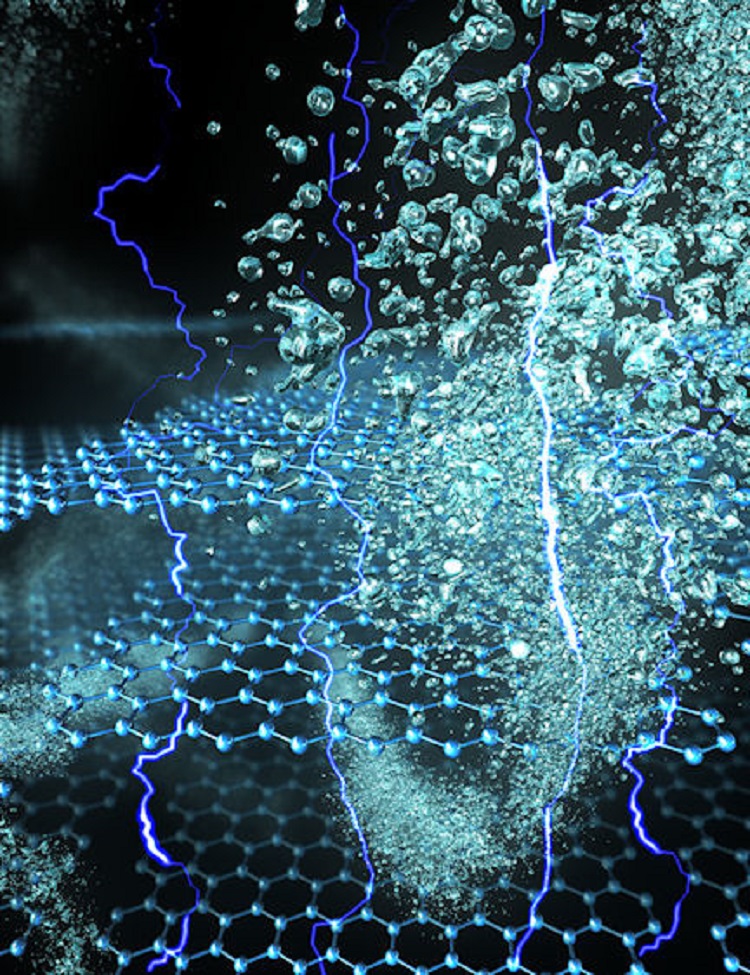
Researchers at The University of Manchester’s National Graphene Institute (NGI) have achieved their long-term objective of electrically controlling water flow through membranes.
The new research was recently published in the journal, Nature and entitled Electrically controlled water permeation through graphene oxide membranes. It opens up the development of smart membrane technologies and could revolutionise the field of artificial biological systems, tissue engineering and filtration. Graphene can form a tuneable filter or a perfect barrier when dealing with liquids and gases.
New ‘smart’ membranes, developed using graphene oxide, have shown they can precisely control water flow by using an electrical current. The membranes can even be used to completely block water from passing through when required.
The team, led by Professor Rahul Nair, embedded conductive filaments within the electrically insulating graphene oxide membrane. An electric current passed through these nano-filaments creating a large electric field which ionises the water molecules and thus controls the water transport through the graphene capillaries in the membrane.
Controlled water transport is a key for renal water conservation, regulation of body temperature and digestion. The reported electrical control of water transport through graphene membranes therefore opens a new dimension in developing artificial biological systems and advanced nanofluidic devices for various applications.




